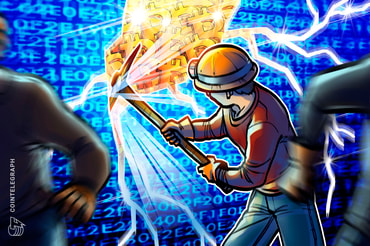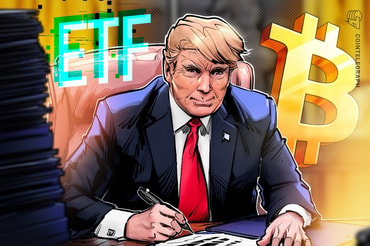FLock.io price surges 70% as 25% of supply gets locked for 265 days, Bitget listing adds fuel

FLOCK price surged over 70% as staking activity spiked, with 25% of the token’s supply having been locked for an average of 265 days.FLock.io (FLOCK) price has surged over 70% in the past 24 hours, now trading at $0.27, with trading volume up over 400%. The rally appears to be driven by a major milestone: 25% of the token’s circulating supply—over 43.1 million FLOCK—has now been locked for an average of 265 days.By staking FLOCK, users generate gmFLOCK—a non-transferable token introduced on April 28 as part of Flock.io’s updated tokenomics. gmFLOCK functions as proof of participation and is required to take on key roles within the FLock.io’s ecosystem.The amount of gmFLOCK earned depends on how long the user locks their FLOCK, up to a maximum of 365 days. For lock periods of 30 days or less, the exchange rate is 1:1. For each day beyond 30, users receive an additional 0.006 gmFLOCK per FLOCK staked. Although gmFLOCK itself is non-transferable, staking rewards are still distributed in FLOCK, which can be which can be restaked for additional gmFLOCK, used within the ecosystem, or traded on the open market.Further fueling FLOCK price rally, Bitget recently listed the token for spot trading against Tether (USDT).FLock.io is building a community-driven platform to decentralize AI model trading through its core products: AI Arena, FL Alliance, and AI Marketplace.AI Arena is decentralized compute platform where users can train and fine-tune AI models. Users stake the platform’s native token, FLOCK, to participate in tasks such as training and validating AI models. FL Alliance is a collaborative environment where users can contribute their own data and computational resources to further refine models. Using a federated learning approach, users train models with their local data while maintaining data privacy. The platform aggregates model weights from various participants to build a global model, which is continuously improved through community contributions. Finally, the models are deployed in the AI Marketplace, where they can be used by various applications, with user feedback serving as a vital input for continuous improvement. One example is BTC-GPT, a model for crypto trading, which has already processed over 10,000 model calls.

Published on Other News Site
















